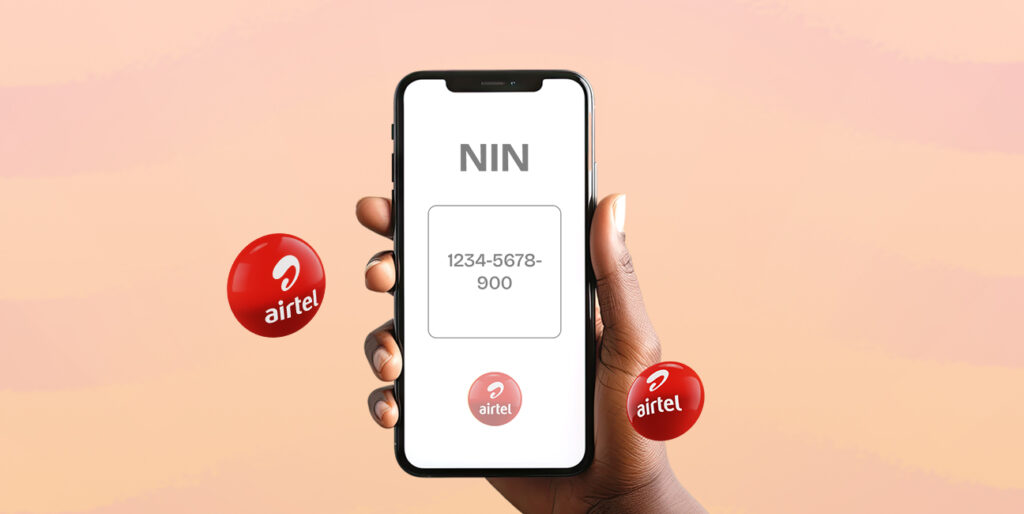C-level executives face a unique challenge: building a personal brand that enhances both individual career trajectory and company reputation. The most effective leaders understand their visibility directly impacts investor confidence, customer trust, and talent attraction.
In competitive markets, the CEO or executive team's public profile often determines whether partnerships materialize, funding rounds close, or top candidates accept offers. Strategic personal branding has become essential for modern leadership, and companies like techwavespr.com help executives establish the media presence and thought leadership necessary to compete at the highest levels.
Align Personal Brand With Company Vision
Unlike individual experts who can pivot freely, C-level executives must ensure their personal brand strengthens company positioning. The CEO who builds a reputation for innovation should lead an innovative company. The CFO known for financial discipline should guide a fiscally responsible organization.
Start by identifying the intersection between your authentic expertise and your company's strategic priorities. If your company focuses on sustainable technology, position yourself as a thought leader on climate tech. If you're scaling an enterprise SaaS platform, become the voice on digital transformation challenges.
This alignment creates a multiplier effect: your visibility raises company profile, while company achievements validate your expertise. Board members and investors increasingly expect this synergy from executive teams.
Leverage Thought Leadership to Shape Industry Narratives
C-level executives have access to insights, data, and perspectives that few others possess. Strategic thought leadership transforms this advantage into market influence.
Publish substantive content that addresses real industry challenges. LinkedIn articles work well for executives—the platform's professional audience includes decision-makers, investors, and media. Write about market trends, regulatory shifts, or operational challenges you've solved. The goal is demonstrating strategic thinking, not promoting products.
Speaking engagements at industry conferences provide concentrated exposure to key audiences. A single keynote reaches hundreds of potential customers, partners, and investors while establishing authority. Target conferences where your board members, investors, or strategic partners attend.
Consider launching a newsletter or podcast focused on industry insights. These owned channels build direct relationships with stakeholders while creating regular touchpoints that maintain visibility between major company announcements.
Secure Strategic Media Coverage
Third-party validation through media coverage remains the most powerful credibility signal for executives. When Bloomberg, Forbes, or The Wall Street Journal features your perspective, you inherit their editorial credibility.
Media coverage serves multiple strategic purposes. Investors search executive names before meetings—positive press coverage reduces skepticism. Customers evaluate vendor credibility—CEO media presence signals company stability. Top talent researches leadership before accepting offers—executive visibility attracts better candidates.
Build relationships with journalists covering your industry. Offer unique data, contrarian perspectives, or timely commentary on breaking news. Respond quickly to media requests through platforms like HARO. Make yourself the go-to source in your domain.
The most effective executives maintain an ongoing media strategy rather than pursuing coverage only during fundraising or product launches. Consistent presence builds recognition that compounds over time.
Engage Authentically on Social Platforms
Executive social media presence has evolved from optional to essential. LinkedIn especially serves as the primary channel where stakeholders evaluate leadership credibility.
Post regularly—ideally 2-3 times weekly. Share perspectives on industry developments, comment on market shifts, and engage with other leaders' content. Authentic engagement matters more than polished perfection. The executives building the strongest brands show genuine personality alongside professional expertise.
Twitter remains valuable for real-time commentary and building relationships with journalists, investors, and fellow executives. The platform's public nature amplifies reach beyond your immediate network.
Avoid pure self-promotion. The 80/20 rule works well: 80% valuable insights and industry perspective, 20% company news. Your audience follows you for expertise, not advertising.
Build Strategic Executive Relationships
C-level personal brands strengthen through association with other respected leaders. The executives you engage with signal your own positioning.
Cultivate relationships with board members, investors, and peer executives at non-competing companies. These connections create cross-promotion opportunities—guest appearances on each other's podcasts, co-authored articles, panel discussions, or mutual introductions to media.
Join executive organizations, advisory boards, or industry coalitions. These affiliations add credibility while expanding your network into new circles of influence.
Measure Impact on Business Outcomes
Track metrics that matter for executive personal branding: inbound partnership inquiries, investor meeting requests, media mentions, speaking invitations, and talent referrals. These indicators directly correlate with business value.
Monitor sentiment in executive searches on Google and LinkedIn. Your digital footprint shapes perceptions before any personal interaction occurs.
Building an executive personal brand requires sustained commitment over 12-18 months before reaching inflection points. The leaders who invest consistently create lasting advantages that benefit their companies, their careers, and their future opportunities.
For C-level executives at growth-stage companies, personal brand building isn't vanity—it's strategic infrastructure that determines whether your company breaks through or remains invisible.






